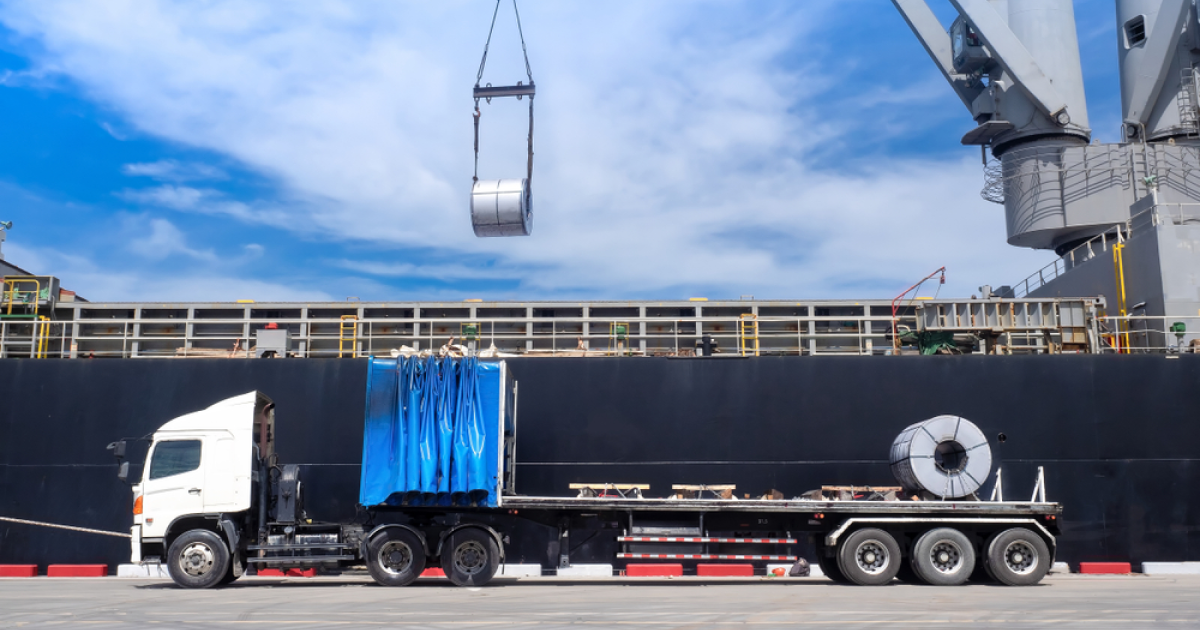
News Global Market India 98 18 June 2025
The government has not yet decided whether to impose a higher safeguard duty on imports of steel products than the current 12%
Recent protective measures taken by the Indian government regarding steel imports, including temporary protective duties and stricter oversight, are yielding results. This was reported by Steel Secretary Sandeep Poundrik in an interview with CNBC-TV18.
According to him, in April and May, the country reduced imports of metal products compared to last year, and if this trend continues, by the end of 2025, they could fall by about 50% on an annualized basis.
Poundrik noted that the government has not yet decided whether to impose higher protective duties on steel imports than the 12% currently in effect. The final decision will depend on the results of an investigation by the Directorate General of Trade Remedies (DGTR), which is expected to be completed by August.
“The safeguard duty which has been imposed right now is provisional for 200 days. Based on DGTR’s recommendations, the government will decide whether the duty should be higher, lower or remain the same,” he explained.
The Secretary of the Ministry of Steel also confirmed that the government is closing various “loopholes” regarding steel imports, in particular those related to supplies through Indian Standards Bureau (BIS) licenses. There are also some other options where there are no standards. In some cases, companies have abused these provisions. Appropriate legal measures are being taken against them.
Regarding per capita steel consumption in the long term, Sandeep Poundrik noted that in the 2024/2025 fiscal year, it was 104 kg. By around 2030, the country should be at around 155-160 kg, and by 2035, around 200 kg or more. In the next 10 years, he notes, India should reach the global average.
It should be recalled that in April 2025 (the first month of the 2025/26 fiscal year), India remained a net importer of rolled steel products. According to the Joint Committee on Steel Production, imports of the relevant products decreased by 11.3% y/y – to 519 thousand tons. However, exports declined even more sharply, by 25.7% y/y – to 375 thousand tons, resulting in a foreign trade deficit of $260 million.
In response to the growth in imports, the Indian government introduced a 12% safeguard duty on a number of flat-rolled products in April. This stimulated domestic prices for hot-rolled coils (HRC) and improved market expectations.




